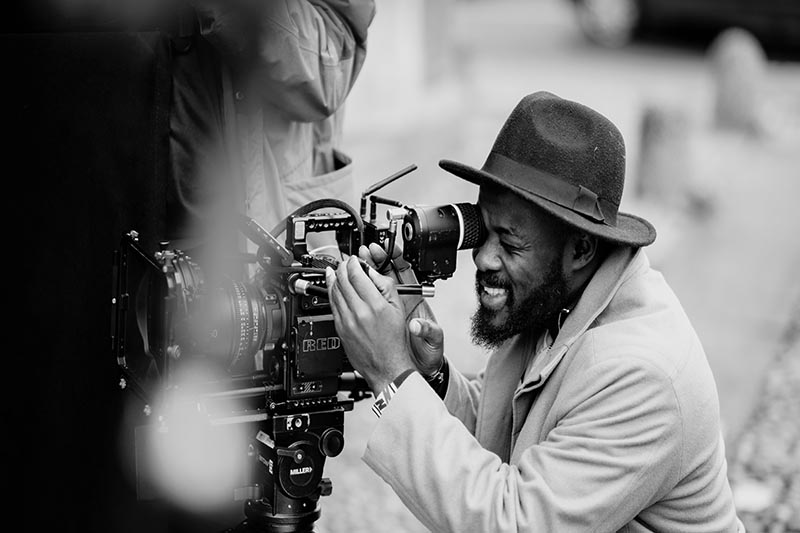You may wonder why I am asking you to search out both an artistic hero and an ideal audience for the work that you will be doing over the earth’s next twelve-month spin around the sun. Neither one of them are “real” in any sense of the word. With the artistic hero, you are reaching out to the past, to a creative tradition that your work can respond to. With the ideal audience, you are imagining just who will encounter your work in the future. These characters are imaginary constructions. I get that.
I have set up these aspects of the creative process – the past and the future – to combat a serious obstacle that the artist must face. An artist must spend a great deal of their time contending with loneliness. The creative endeavor is a solitary pursuit. David Foster Wallace commented that writing is a lonely pursuit – for it demands that one spends hours and hours by themselves cranking out words, with the dim hope that they will reach somebody, somewhere, in the future.
Don’t despair. This is simply an aspect of the artistic pursuit that you must accept for the moment. Think about the opportunities that will come your way once the art has been created – actors reading your play around a table, guests showing up at your gallery opening, readers sitting down with your book in a warm café one night. All is possible.
But for now, we need to lean upon these mute participants in our creative dialogue. And be thankful that they are mute. It would be pretty darned annoying to have someone present in the studio, commenting upon every brushstroke laid down upon the canvas. So maybe we intuit that annoyance. We invite the silence, at least for the moment. And that is good – a special place for us to retreat from the world and come up with something powerful to share with others.
Today I want to address the tension that exists between past and future. You are the conduit between these two temporalities. How do you incorporate the past into your work and ask questions of your artistic hero? How do you stoke the imagination of your ideal audience? How do you create delight? Maybe this task seems overwhelming.
Here’s the answer: it all comes down to your attitude. Approach the creative process with as much openness as your psyche can bear. It will pay off in the end.
I had the good fortune to meet and become close friends with an aspiring cinematographer while living in New York in my twenties. He had a mantra – he wanted to learn and to learn. No project was too small for him. Any opportunity to get behind the camera and shoot something gave him the possibility to discover more about his craft. He played a game with himself as he walked around lower Manhattan. To play this game, he carried a spot meter around with him. A spot meter is a tool that photographers use to determine the amount of light that any given object might be reflecting. This information is crucial for any given shot. It determines whether the film will be able to pick up the object within its narrow range of illumination. Some objects will be too dark and fall into a black abyss: still others will be too light and blow out into white. As he walked around the city, he would look at objects within his field of vision and try to guess their reflectivity. He used the spot meter to confirm his guesses. Sometimes he succeeded, at other times, he was off the mark. But no matter what, he was learning all the time. He was making this quality of light a part of his muscle memory. He always wanted to learn, even within the structure of a simple, made-up game.
Embrace that same attitude. Open your heart and spirit to the opportunity to learn. This approach brings together the past and the future. You ask your artistic hero to reveal their secrets; you invite your ideal audience to find resonance in your work. Invent a game for yourself this week – something that invites the attitude of learning into your creative endeavor.




